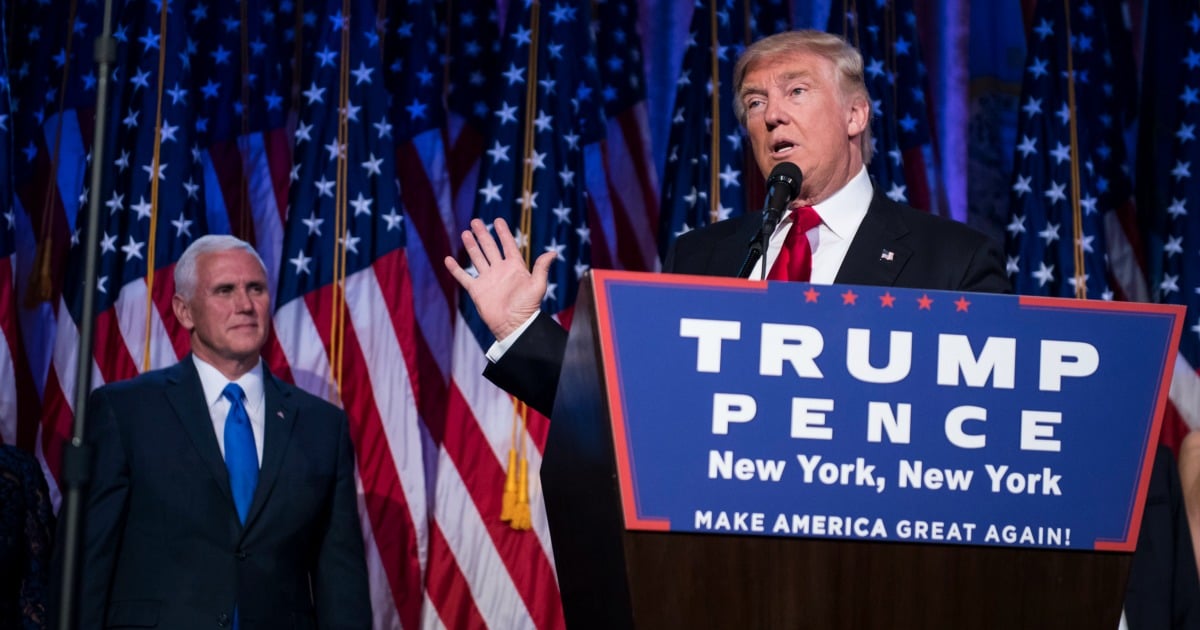The Australian government’s announcement that asylum seekers and refugees on Nauru and Manus Island could be resettled in the US has been hailed by many as a circuit breaker, long overdue, but there are many important questions that must be answered if it is to proceed.
The Prime Minister Malcolm Turnbull announced the one-off deal, which will only apply to those currently on the islands and not to any new arrivals, on Sunday morning following a year of negotiations with the Obama administration.
“It is a one-off agreement — it will not be repeated,” he told reporters.
Turnbull would not be drawn on how many refugees the US will take, with the final figure to be determined by US authorities, but said “the most vulnerable” would be prioritised— in particular, families on Nauru. The Federal Government hopes to begin moving people to the US early next year.
While it is undoubtedly welcome news, like most initiatives from the Department of Immigration and Border Protection (DIBP), it also remains somewhat shrouded in mystery.
Currently there are more than 1000 men, women and children on Nauru and Manus Island, as well as hundreds more who have been brought to Australia for medical treatment, some with relatives.
Many have been left traumatised by years in offshore detention after fleeing conflict and persecution in their home countries.
Refugee advocates stress they deserve peace of mind and the Greens have stated there are “gaping holes” in the US resettlement scheme.




Top Comments
#7 - why go to all this trouble for a swap, when it would be easier & surely cheaper to take the refugees who would otherwise be sent to the US?
Then Abbott, Dutton & Morrison et. al. won't have stopped the boats and therefore, haven't managed to cling successfully on to one campaign promise, amongst many that the LNP didn't.
Because if they did, it would just start the trade up again. People smugglers couldn't do any more deals with their customers because they could no longer guarantee entry to Australia.
I don't have a problem with bringing them to Australia, as long as they do not have a criminal record and have passed the same security checks everyone else has to and that their costs are covered by NGOs or private citizens, not by general taxation. If you can sponsor a person overseas, you should be able to sponsor them here as well.
If we apply what we know of Trumps policies, America would reject people with criminal records, people of bad character and people who cannot establish their identity. Presumably we could apply the same standards in reciprocity.
Zzzz why don't you accuse them of using refugees as political pawns... like you just did?
I'm not for one moment suggesting that we accept people without checks. But if you imagine that being admitted to Australia is *more* attractive than being admitted to the US, you're kidding yourself.